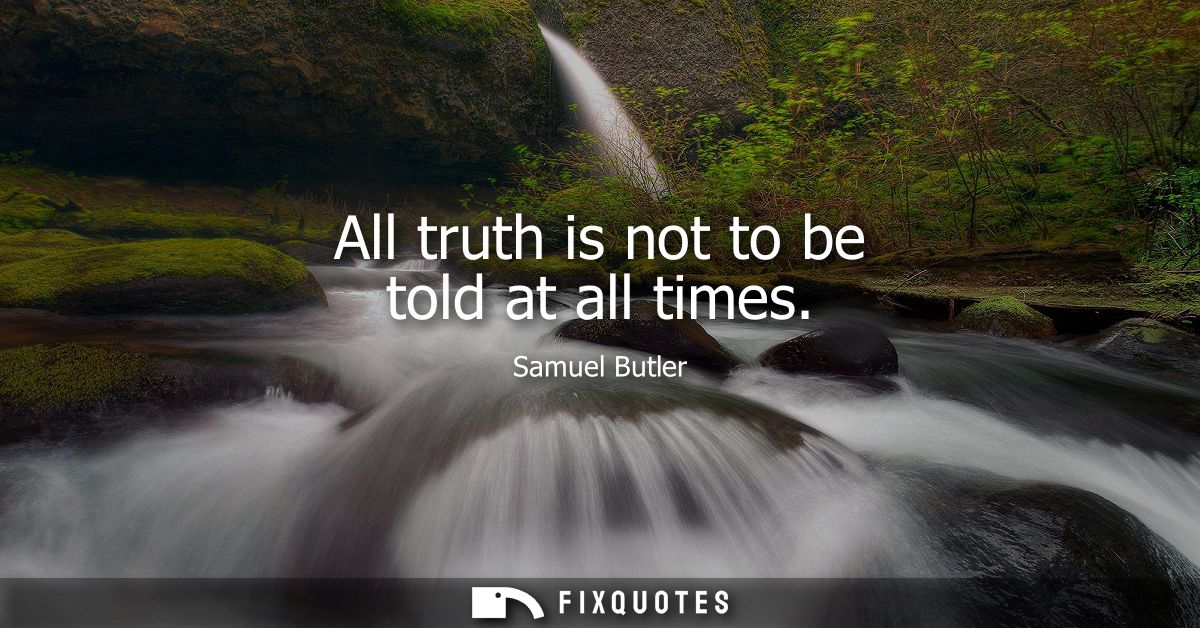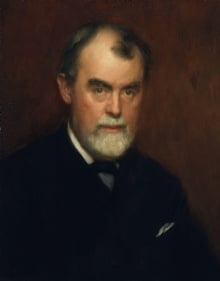"All truth is not to be told at all times"
About this Quote
Samuel Butler’s reflection points to the nuanced relationship between truth and context. While honesty is often regarded as a fundamental virtue, the unconsidered or blunt disclosure of all truths may not always serve the best outcome for individuals or communities. People exist within complex webs of relationships, sensitivities, and cultural expectations. The timing, manner, and motivation behind telling the truth are as crucial as truth itself. Absolute candor, without regard for the circumstances or the emotional state of the listener, can sometimes lead to unintended harm, causing distress, sowing discord, or damaging trust.
Often, discretion protects harmony. For example, sharing a criticism or harsh reality in a moment of vulnerability might weaken someone’s resolve rather than strengthen it. Similarly, in social or professional settings, the blunt articulation of uncomfortable facts can undermine cooperation and goodwill. Knowing what to say, when to say it, and to whom, requires wisdom rather than mere honesty. Truth, then, is not only a matter of accuracy but also of ethical delivery.
Butler’s insight highlights the ethical dimension of communication. Sometimes tact, empathy, and restraint demand that we hold certain truths back, not from deception, but from care or prudence. There are also truths whose relevance is momentary: what is crucial at one point may become insignificant or even hurtful at another. Furthermore, the full revelation of every truth might overwhelm or paralyze, rather than inform or empower.
Nevertheless, the caution to withhold truth should not be an excuse for dishonesty or manipulation. Rather, it serves as a reminder to balance honesty with kindness, responsibility, and foresight. Ethical communication weighs the possible consequences of truth-telling, aiming to align integrity with wisdom. Telling all truth at all times is less virtuous than knowing when truth, withheld or gently shared, can foster growth, peace, and understanding.
About the Author

